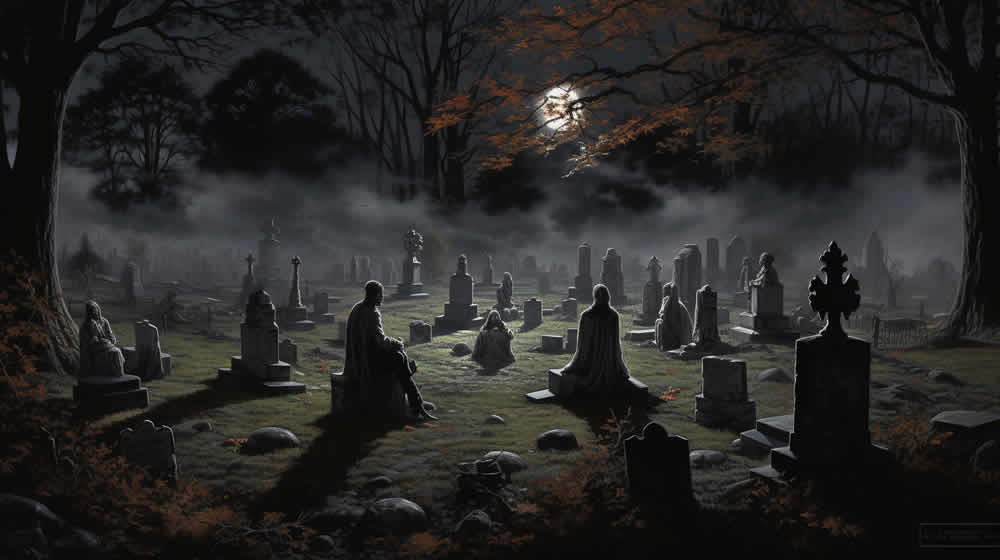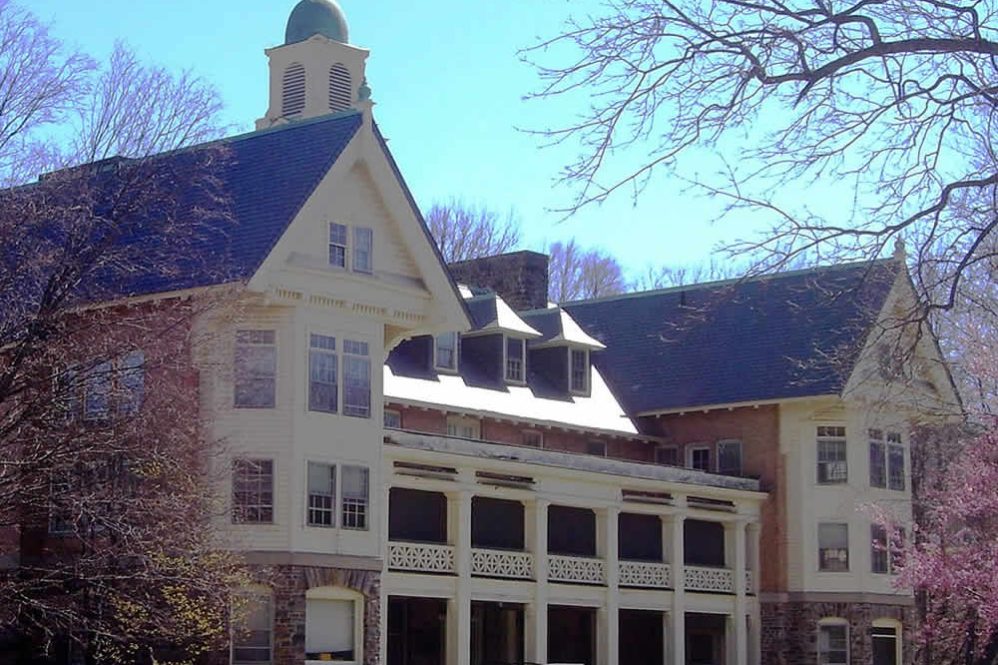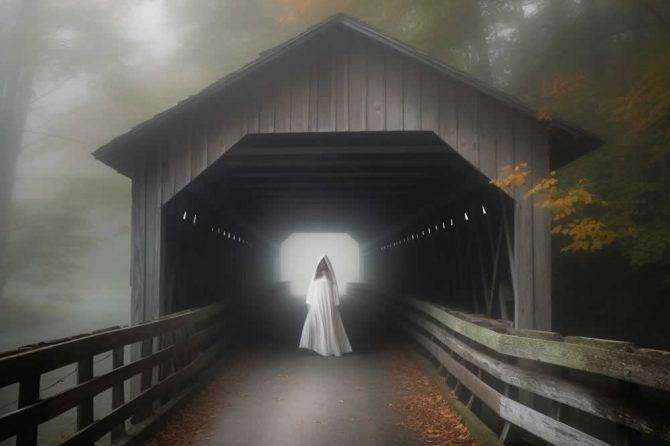The Haunted History of Vermont's Brattleboro Retreat and Abandoned Asylums
The Brattleboro Retreat in southern Vermont has a long, complex history as one of the nation's first mental health asylums. Founded in 1834 originally as the Vermont Asylum for the Insane, the Gothic retreat tower and adjoining cemetery on its grounds have become hubs of alleged paranormal phenomena over the years.
When established in the 1830s, the Vermont Asylum for the Insane was seen as revolutionary for its humane approach to mental healthcare, which was largely inspired by Quaker philosophies. The asylum emphasized wholesome activities like farming, crafts, and walking outdoors as natural remedies for patients rather than the harsh punishments utilized at other facilities of the time. As a form of occupational therapy, patients even constructed the iconic 65-foot retreat tower themselves, brick by brick. However, as mental health practices advanced, questionable treatments like lobotomies and electroshock therapy were also implemented at the Brattleboro facility.
Residual Hauntings at the Top of the Tower
In the century since, visitors to the tower and cemetery have reported unsettling presences and events. Witnesses claim to see the ghostly figures of patients plunging from the top of the tower, only to vanish before hitting the ground below. These falls are believed to be residual hauntings reliving the suicides of past residents. The adjoining cemetery also emits an aura of gloom, with shadowy apparitions allegedly sighted darting between the weathered gravestones. Some markers are chillingly labeled only “Unknown” rather than bearing names.
While the Brattleboro Retreat aimed to move away from the horrors of traditional asylums in the 1800s, it could not fully escape the stigma and tragedy that would haunt many mental healthcare institutions of that period. Though approaches were more enlightened than most facilities at the time, invasive procedures still occurred within the walls that perhaps left restless spirits clinging to the grounds.
Eerie Tales and Unsettled Spirits
The eerie tales extend beyond Brattleboro to the former Vermont State Hospital for the Insane in Waterbury. Under the direction of Dr. Eugene Stanley in the early 1900s, patients endured traumatic treatments like forced sterilization, hydrotherapy, and electroshock in the name of eugenics. Stanley was a prominent advocate of the now discredited eugenics movement, which aimed to eliminate so-called undesirable traits through selective breeding and forced procedures. Staff and visitors to the state hospital have reported encountering the souls of tormented patients still trapped within the asylum's walls.
- Alexander, William M. (Author)
- English (Publication Language)
- 74 Pages – 08/26/2018 (Publication Date) – Independently published (Publisher)
- Amazon Kindle Edition
- Citro, Joseph A. (Author)
- English (Publication Language)
- 244 Pages – 10/15/1994 (Publication Date) – Mariner Books (Publisher)
However, not all spirits tied to old state psychiatric hospitals in Vermont are nefarious in nature. The former nurses' dormitory of a long-shuttered tuberculosis treatment center was converted into the current Vermont Police Academy. Recruits training there have reportedly been visited by the benevolent ghost of a nurse named Mary who once cared for patients before dying of tuberculosis herself.
Rumors of Haunted Grounds

While the disturbing practices these facilities once represented have faded into the past, the supernatural legends attached to them endure. The departed souls rumored to haunt the grounds serve as eerie reminders of the Green Mountain State's complex mental health history. Though approaches today emphasize compassion and science rather than suffering, the ghosts of Vermont's asylum era still linger in shadowy memory.
Nurse Mary, the Benevolent and Comforting Spirit
In contrast to the darker tales from Vermont's old asylums, there are also accounts of benevolent spirits lingering behind. The current Vermont Police Academy provides an example of this. The academy building previously served as a state tuberculosis hospital, where a nurse named Mary contracts the disease herself while caring for patients. She ultimately succumbed to tuberculosis as well.
Though Mary passed on, her spirit is said to still make rounds, ensuring recruits are okay. The old hospital call buttons remain in the dorm rooms occupied by trainees. Those who press the buttons at night report being checked on by Mary's gentle ghost, continuing her nursing duties even in death. While most spirits tied to old mental facilities seem tortured, Mary appears as a kind soul reluctant to leave the site of her noble work. Her lingering presence is a touching reminder that not all hauntings need be dark and malevolent.
- Alexander, William M. (Author)
- English (Publication Language)
- 160 Pages – 06/27/2008 (Publication Date) – The History Press (Publisher)
Thank you for reading this post, don't forget to subscribe to our email list for the latest news!








